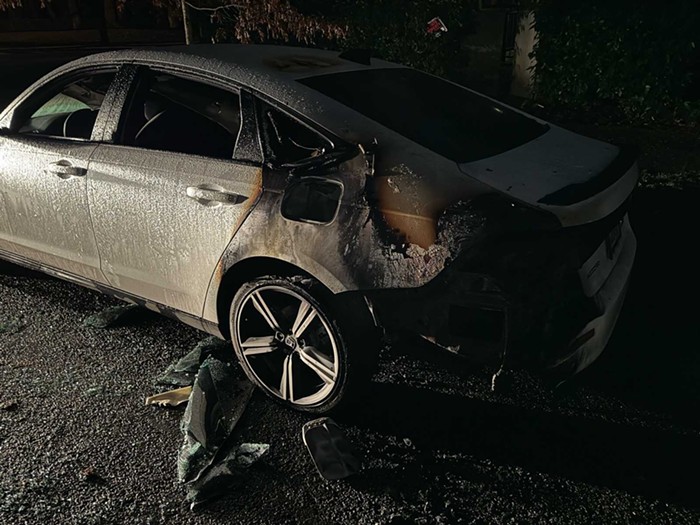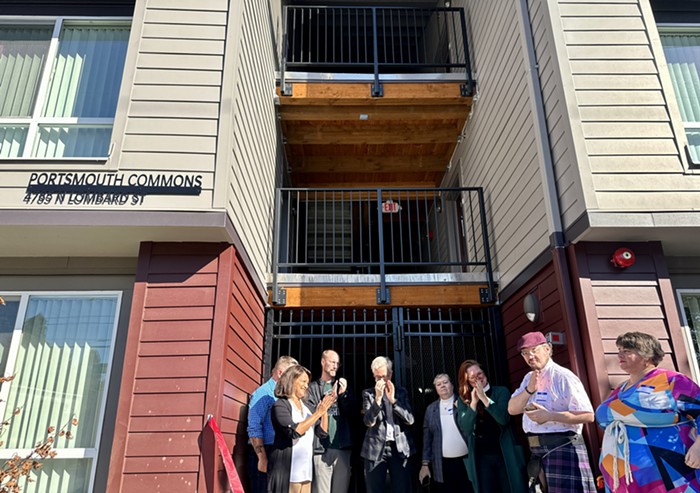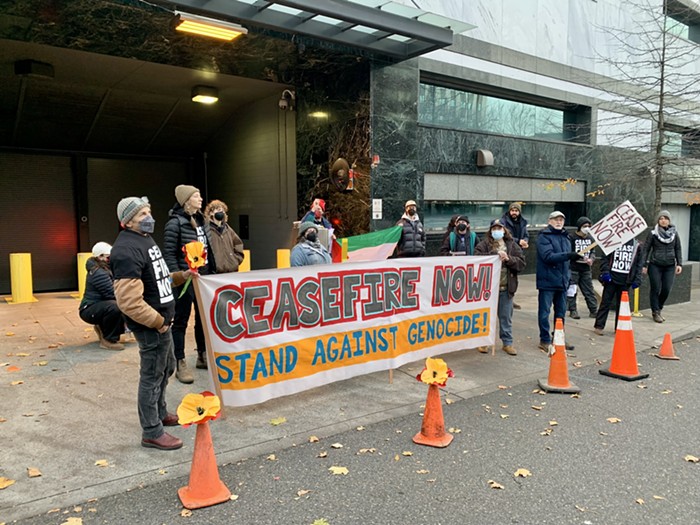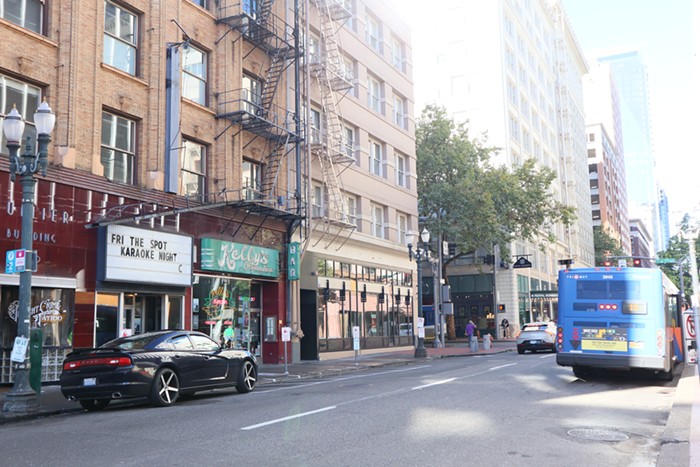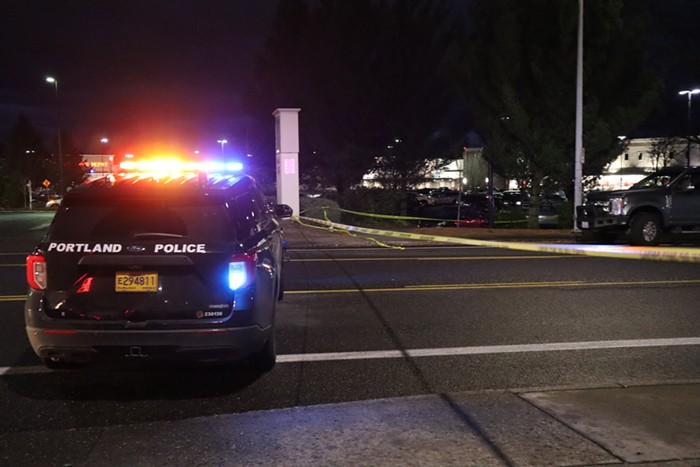NEARLY SIX WEEKS after obtaining a hard drive that investigators and advocates hoped would shed more light on the police shooting last December of Darryel Dwayne Ferguson—possibly by revealing security footage of the altercation as it happened—the Portland Police Bureau has announced that no such video was found.
"We subjected the hard drive to an analysis by our computer forensics experts," says police spokesman Lieutenant Robert King. "That analysis has not resulted in any viewable files of what we were told was on the hard drive."
Portland cops got hold of the hard drive last month after receiving a tip from an attorney working with Ferguson's girlfriend, Marsha Lawson. The hard drive belonged to Robert "BA" Amsden, the manager of Ferguson's Southeast Portland apartment complex. While Amsden initially told detectives there was no recording of the shooting, blaming a system malfunction, he later told other sources, including Lawson, that he was able to view what happened, although with varying details.
Amsden, reached for comment Tuesday, June 28, declined to address why police couldn't uncover any footage. Nor would he specify what, exactly, he saw—and whether it contradicted official accounts of the shooting.
That's important, because security footage would potentially provide an objective reckoning of what happened outside Ferguson's door. The only witnesses to Ferguson's shooting are the officers who killed him, Jonathan Kizzar and Kelly Jenson—something that has raised concerns among Ferguson's survivors.
"I've been instructed not to talk to anybody about anything," Amsden told the Mercury. Asked who gave those instructions, he replied: "That's none of your business."
According to grand jury testimony, Ferguson, 45, was shot by two police officers who had knocked on his apartment door in the wee hours of December 17, 2010, looking to quell a dispute between Ferguson and another neighbor ["Knock, Knock... You're Dead," News, Jan 13]. The two officers, who didn't announce themselves when they knocked, said Ferguson opened the door and immediately pointed a replica handgun at one of their heads—prompting them to fire nearly 20 bullets before Ferguson fell back into his apartment, dead.
A BB gun made to look like a handgun was found in Ferguson's apartment, but on a kitchen counter, not near his body. Lawson, Ferguson's girlfriend, told detectives she moved the weapon.
A toxicology report obtained by the Mercury shows Ferguson wasn't legally drunk at the time of the shooting—with only a .07 percent blood-alcohol content—despite reports he'd been drinking heavily before he died. But the report did reveal a devastating brew of other drugs in his system, all of them recently used: anxiety medication, cocaine, and heroin. Marijuana also was found—Ferguson was a medicinal pot user—but it wasn't clear how recently he got high.
State Medical Examiner Karen Gunson told the Mercury Ferguson "had a buzz" and that "there's clearly substance abuse here." "Most of the time, these drugs aren't just additive" in their effects, she said, "they're synergistic."
Grand jurors, meanwhile, cleared Kizzar and Jenson of criminal wrongdoing, but an internal bureau investigation—standard after every shooting—is ongoing and could lead to discipline.
King said the hard drive was delivered to the bureau's East Precinct, and that investigators made a copy of the drive before returning it to Amsden. Investigators also were warned the drive was having problems, King said. Although they managed to find video files, some were unreadable, and none were from the day of Ferguson's shooting.
Lawson's attorney, Benjamin Haile, joined by the Mercury, has since obtained the original hard drive from Amsden and is conducting his own analysis of the device. That analysis, still ongoing, has confirmed that the hard drive is damaged—although it's unclear when that damage occurred—but has yet to turn up any footage of Ferguson's shooting.
An analyst for Portland-based Secure Data Recovery Services, speaking generally about recovering security camera footage, said each case is different but recovery is often "next to impossible," even with advanced forensics tools. Some systems require proprietary software to view video files, while others regularly write over old files to conserve hard drive space.
The murkiness surrounding the hard drive—and what it contains—would appear to shine an even brighter light on Amsden, who has mostly attempted to avoid scrutiny and has repeatedly refused requests to explain on the record what, if anything, he might have seen.
Maybe there's no footage after all? Says Amsden: "I'm through with you all."


